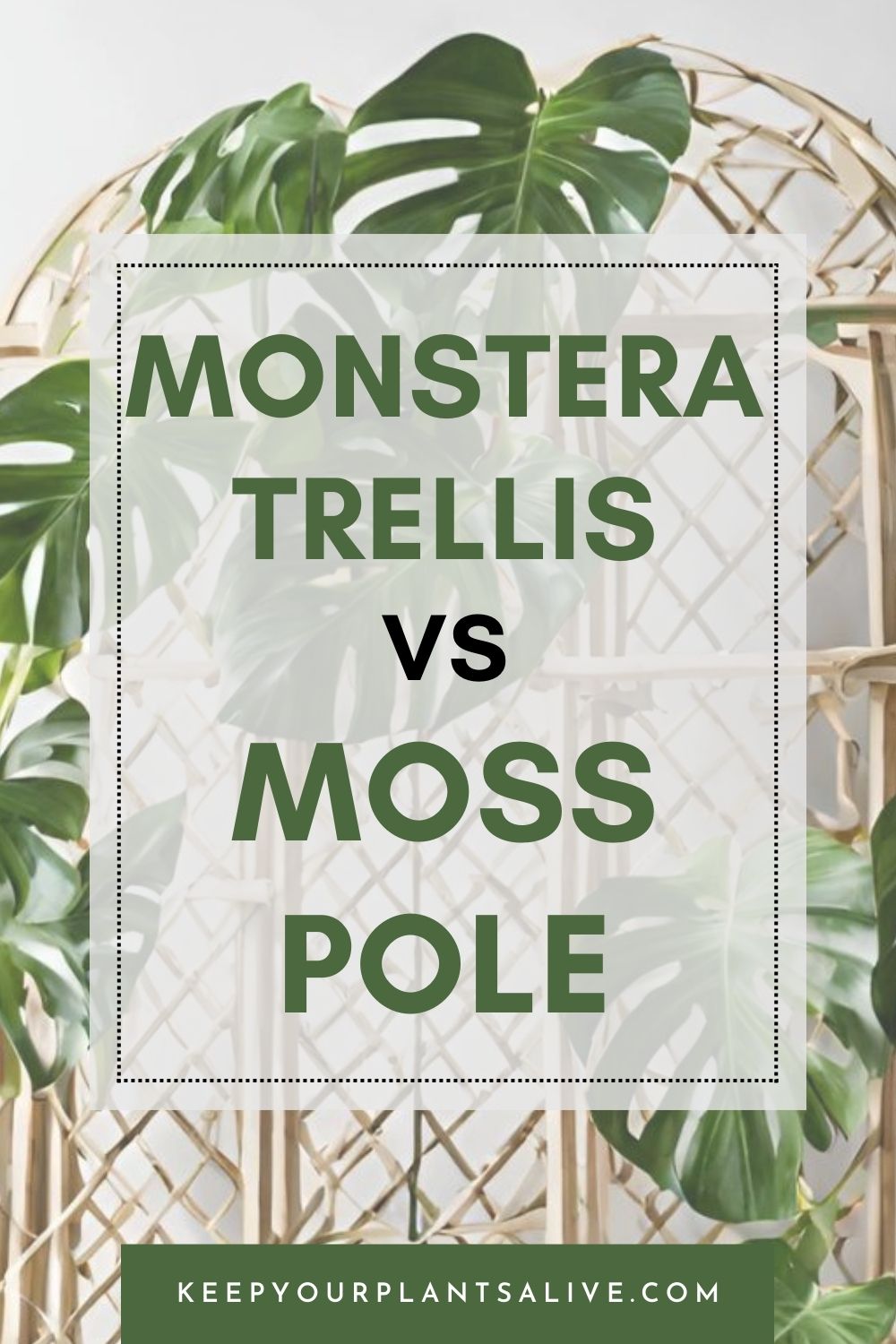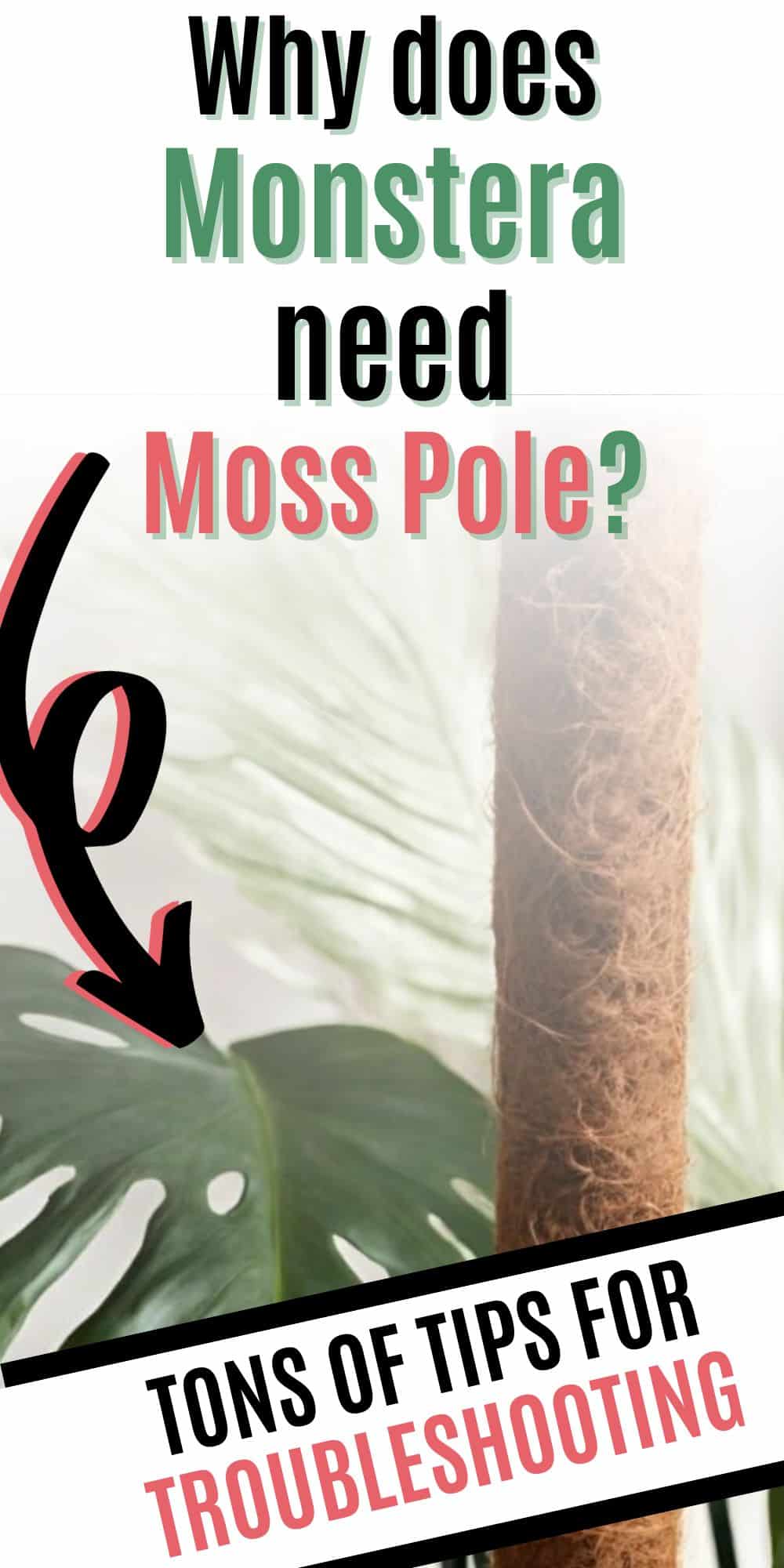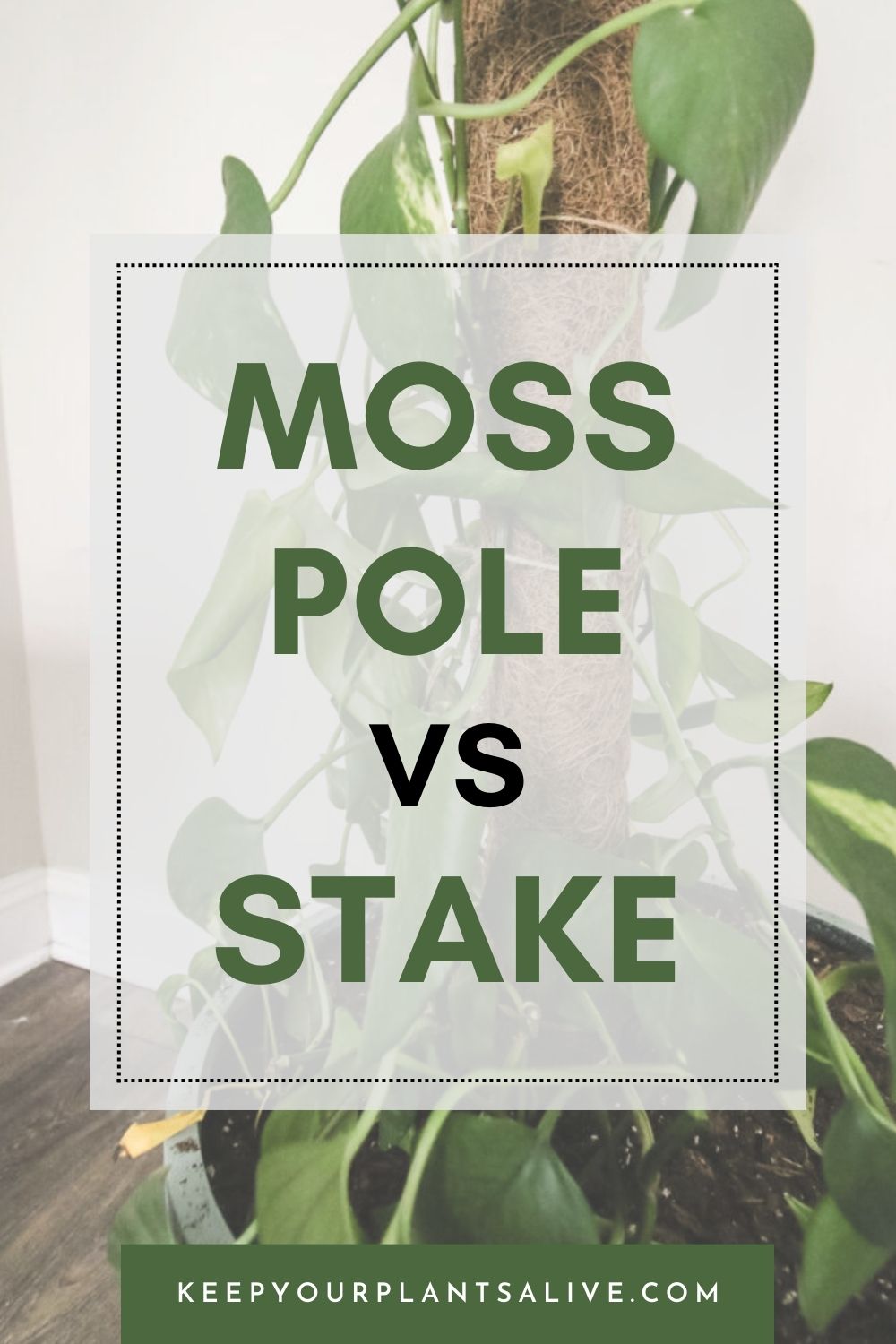Battling with mold on moss pole? Our guide offers the best tips for identifying, preventing, and treating mold so your plants can remain lush and healthy!
Moss poles aren't just pretty to look at; they're super helpful for supporting your climbing plants, and helping them reach new heights in your garden or indoor space.
They're especially handy when you're trying to make the most of a small area. But hey, even the best of us run into a little mold issue now and then.
Just like any other plant, moss is susceptible to pests, plant diseases, and unexpected mold growth!
The good news is that while mold on your moss pole can spread quickly, it's usually not harmful. But, let's be real, it's not the prettiest sight in your green oasis.
Thankfully, there are a few ways to effectively remove mold from your moss pole and prevent it from coming back. Mold also has several common causes, which we’ll discuss in this guide!
Don't worry, though! I'm here to walk you through some easy steps to remove mold from your moss pole and prevent it from coming back.
Plus, I'll share some insights into why mold shows up in the first place.
So, grab your gardening gloves, and let's get your plants looking their best again!
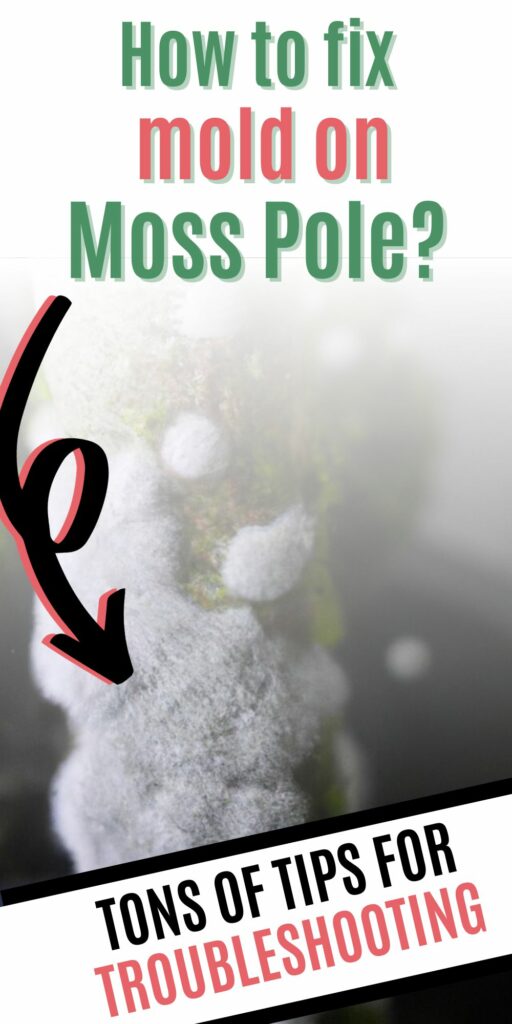
Why is there mold on moss pole?
Ever wondered why your moss pole is getting a bit moldy? Let's break it down and fix it together!
1. High humidity and low airflow
Did you know that a humid environment that lacks air circulation is a breeding ground for mold?
Poorly ventilated gardens hinder evaporation, leaving the moss poles moist for long periods. If your garden's air is more stale than fresh, you've got the perfect setup for mold.
Mold infestations are fairly common during the summer in areas where nights are hot and humid.
They also occur in indoor gardens during the winter, when people usually keep their homes warm and avoid opening windows.
How to Fix
- Give your plants some personal space for better airflow.
- Use pots that let water drain out easily, and water your plants just enough - not too much.
- Think about getting a moisture meter from your local garden shop to keep tabs on humidity levels.
- A fan, a dehumidifier, or simply opening windows can make a huge difference in keeping the air moving and decreasing humidity.

2. Insufficient lighting
Low lighting conditions can contribute to mold infestation as well since mold likes to grow in dark and damp environments.
Little to no direct sunlight can also harbor the growth of powdery mildew and other fungal problems.
Houseplants and moss poles in indoor gardens are especially prone to this.
How to Fix
- Make sure your plants and moss poles get enough light, whether it's from natural sunlight or artificial light, via LED grow lights.
- Keeping windows clean and placing plants near south-facing windows can be a game-changer.
- Remember, light helps dry out excess moisture, which mold hates.
3. Overwatering
Spraying or soaking your moss pole too often is another possible cause of mold growth.
Water doesn’t have time to evaporate and accumulates on the surface of the soil, making it soggy.
By not allowing your pole and soil to dry in between waterings, you’re keeping moisture levels high—and where excess moisture goes, mold follows!
How to water wisely
Here are some solutions to mold growth caused by overwatering:
- Reduce the duration and frequency of watering and misting. Let your moss pole have some dry time.
- Check the moisture level of your soil before you start watering by sticking your finger up to the second knuckle and feeling for dryness.
- Self-watering pots are great, or try bottom watering your plants.
- Don't worry if your moss pole feels a bit dry - it can still do its job supporting your plants.
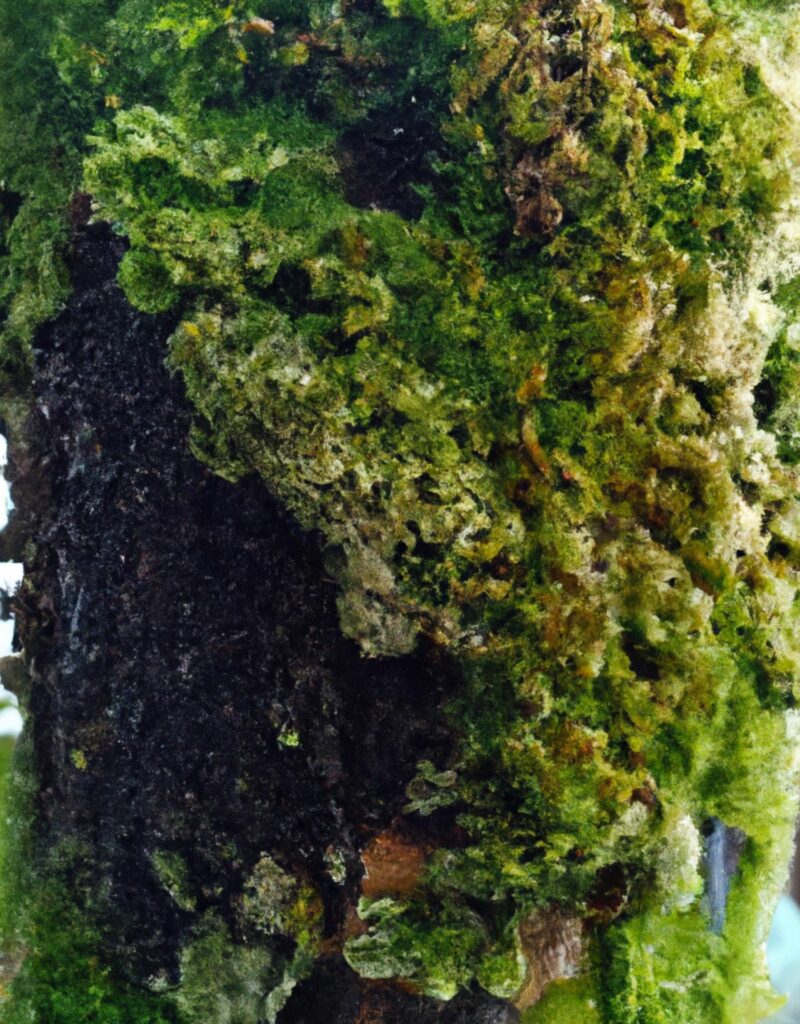
How to remove mold from Moss Pole
First off, when you spot mold on your moss pole, it's time to jump into action.
This prevents the further spread of the infestation, which can harm your plants in severe cases.
- Remember to check the moss pole and other parts of your plant for contamination.
- Use gloves and a mask if you decide to remove the mold manually.
- A nice rinse with clean water will do the trick. Then, let it air out and dry.
Another option would be to spray the infected areas with any of the following solutions every few days until the mold disappears:
- Neem oil and water
- Apple cider vinegar and water
- Baking soda and water
- Hydrogen peroxide and water
Sometimes, mold grows and spreads fast, and it might be easier to start fresh with new moss.
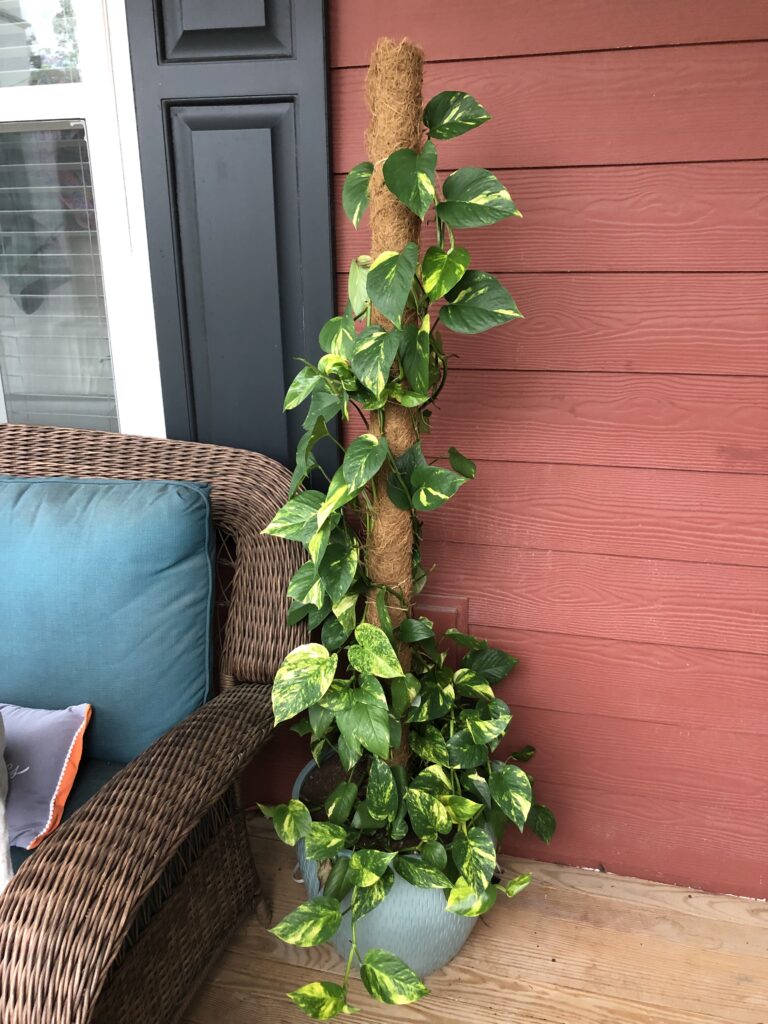
How to prevent mold on moss pole
Here is how to keep mold at bay:
- The magic trio against mold: Sufficient sunlight, excellent air circulation, and a proper watering schedule.
- Keeping an eye on your soil moisture and garden humidity levels is also a great mold prevention technique.
- Regular clean-ups of your moss poles help a lot. Dead leaves and decaying sticks can trap moisture, hinder air circulation, and block light from reaching the surface of your moss pole.
Before you go...
When it comes to mold on your moss pole, it’s better to be safe than sorry.
Address the problem right away by removing the infestation, identifying the root cause, and making the necessary changes to prevent it from ever coming back.
For more green tips and useful gardening info, download my free printable houseplant quickstart guide. Together, let’s keep your moss poles lush, healthy, and happy!
Thanks for reading!


Hey there, I'm Morgan, a houseplant enthusiast from sunny Charleston, South Carolina. Growing up surrounded by my mom's lush orchids and African violets, I discovered the magic of bringing nature indoors. Thanks to the pandemic, I delved deeper into houseplants, discovering their power to uplift moods and transform spaces. I'm here to spill all my secrets, helping you pick the perfect houseplant - and make it happy. Let's keep your plants alive, together! 😊

